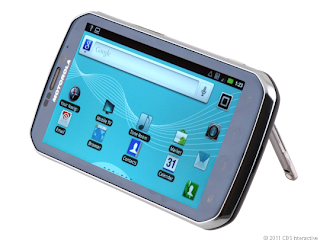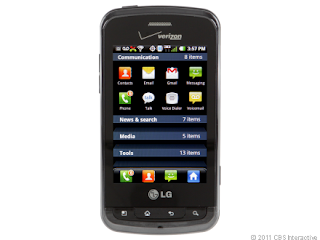
Following its entry into the smartphone business Intel Android, Intel is working with Lenovo has just introduced the Lenovo K800 as the first Android with Intel Inside.
Lenovo K800 dibeali with cutting edge specifications include:
4.5''screen 1280 x 720 pixels
Processor 1.6 GHz Intel Medfield
Android 2.3 Gingerbread
8 megapixel camera with ISO up to 3200
4G LTE network, WiFi Bluetooth v3.0, G...


















